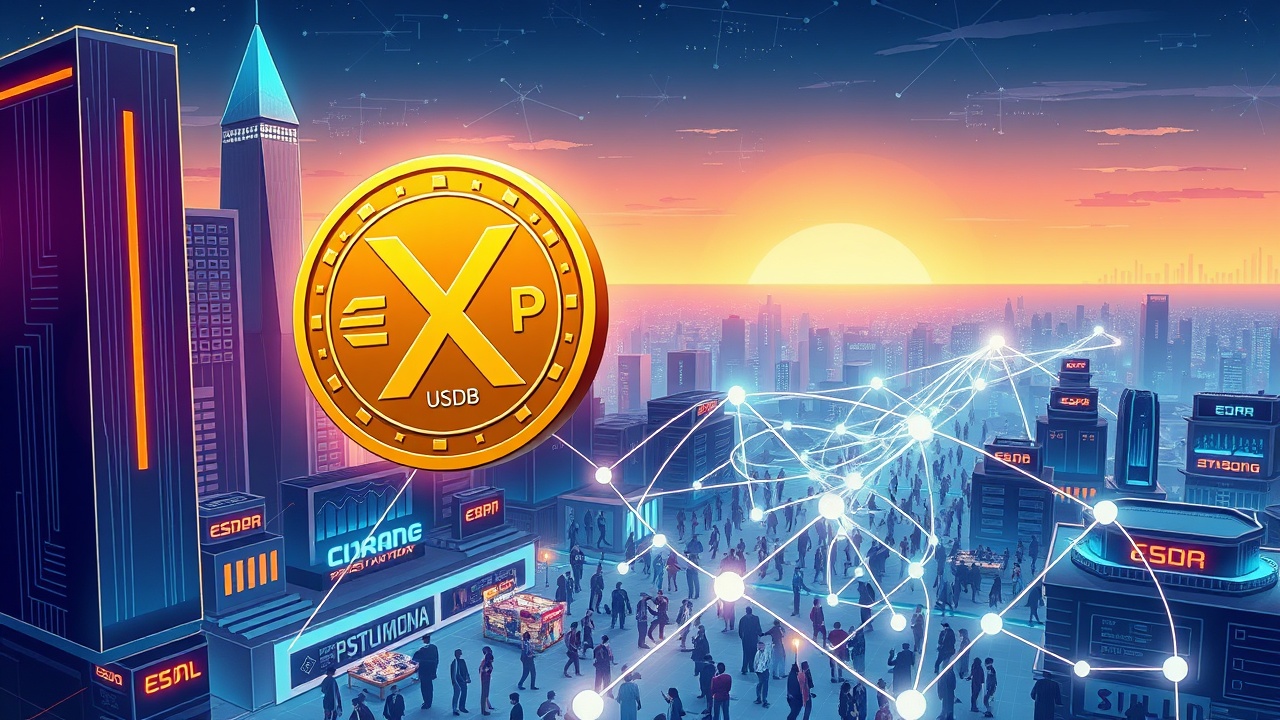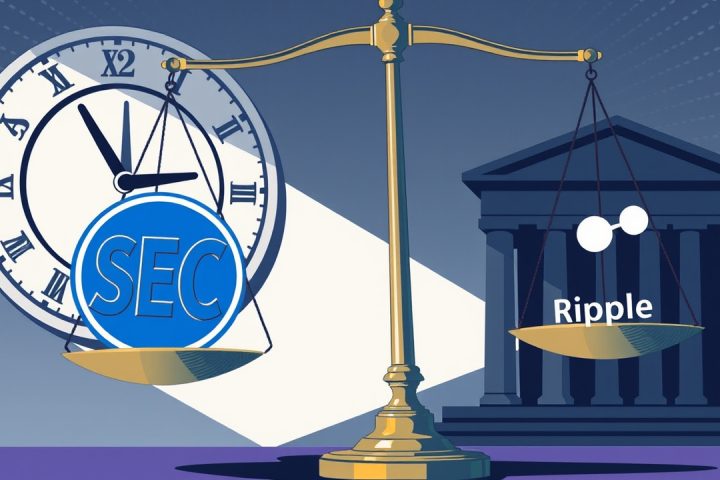The Expansion of the XRP Ledger
The XRP Ledger (XRPL) continues to enhance its offerings in the realm of stablecoins, recently welcoming two significant additions: USDB, a dollar-pegged cryptocurrency introduced by Brazil’s Braza Group, and EURØP, a euro-denominated digital asset compliant with the Markets in Crypto-Assets (MiCA) regulation, announced on May 22. This strategic move aims to reinforce XRPL’s presence in tokenized finance, catering to both European and Latin American markets with regulated digital assets.
Introducing EURØP
Schuman Financial, which operates out of France and is regulated by the French Central Bank’s ACPR, has brought EURØP to the XRPL. This innovative euro stablecoin is the first of its kind to comply with MiCA regulations, secured entirely by euros held in reserve at leading financial institutions, including Societe Generale, and subject to audits by KPMG.
Martin Bruncko, the CEO of Schuman Financial, expressed that this development lays a crucial foundation for the on-chain economy in Europe, stating:
“EURØP on the XRPL merges the strength of a global blockchain with the fluidity of euro liquidity and compliance.”
He highlighted that this integration will support various applications, including decentralized finance (DeFi), tokenization of assets, and B2B transactions, precisely as the MiCA framework begins to reshape the landscape of digital finance in Europe.
Launch of USDB
Meanwhile, on the other side of the Atlantic, Brazil’s Braza Group has launched USDB, which is also pegged to the U.S. dollar and supports the XRP Ledger. This stablecoin is backed by government securities from both the U.S. and Brazil, providing a viable option for both individuals and institutions seeking secure, cost-effective digital transactions.
Braza Group’s existing asset, BBRL, a Brazilian real-backed stablecoin, is also operational on XRPL. The CEO of Braza, Marcelo Sacomori, stated that USDB will empower Brazilians and local companies by offering innovative solutions to manage financial volatility and streamline operations. Sacomori believes that USDB could capture a significant share of Brazil’s dollar-pegged stablecoin space, potentially reaching up to 30% by 2025, primarily driven by regulatory developments that enhance market security, particularly for financial institutions’ asset custody.
Ripple’s Strategic Moves
As stablecoins like EURØP and USDB come into play alongside MiCA, these projects signify a noteworthy evolution within the XRPL ecosystem.
Additionally, Ripple is actively working to solidify its role within the global payments landscape, following unsuccessful takeover attempts of stablecoin issuer Circle, valued at $4-$5 billion. Although Circle declined this proposal amid its preparations for a U.S. IPO, it underscores Ripple’s ambition to broaden its influence in the stablecoin market.
Ripple is not only aiming to expand through acquisitions but also focusing on enhancing its cross-border payment systems. In May, the firm launched a new blockchain-based payment solution in the UAE, collaborating with Zand Bank and fintech company Mamo, following recent regulatory approval from the Dubai Financial Services Authority, making Ripple the first licensed blockchain payment provider in Dubai’s financial sector.
Having facilitated over $70 billion in global transactions and holding more than 60 licenses in key markets, Ripple is strategically positioned to increase the adoption and utility of XRP amid its expansive growth initiatives.




